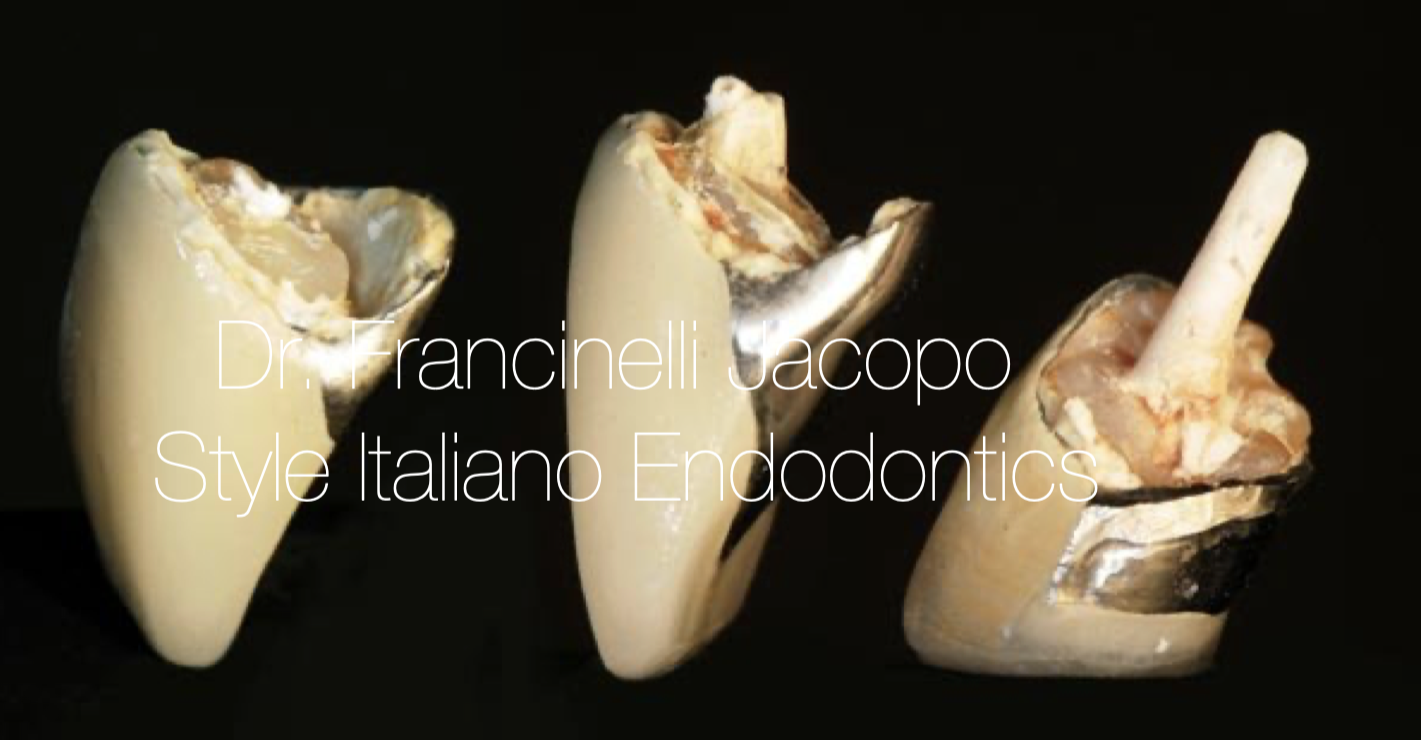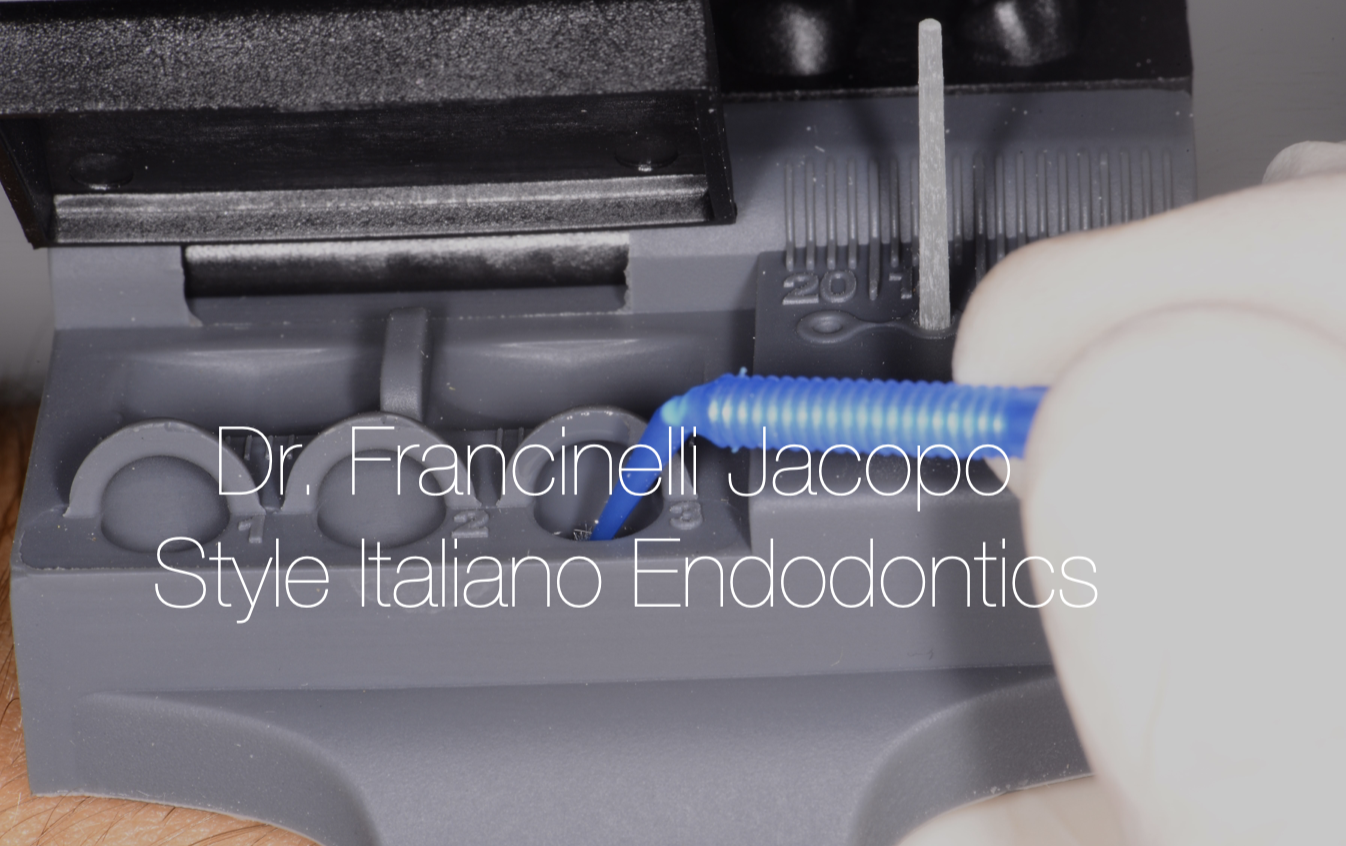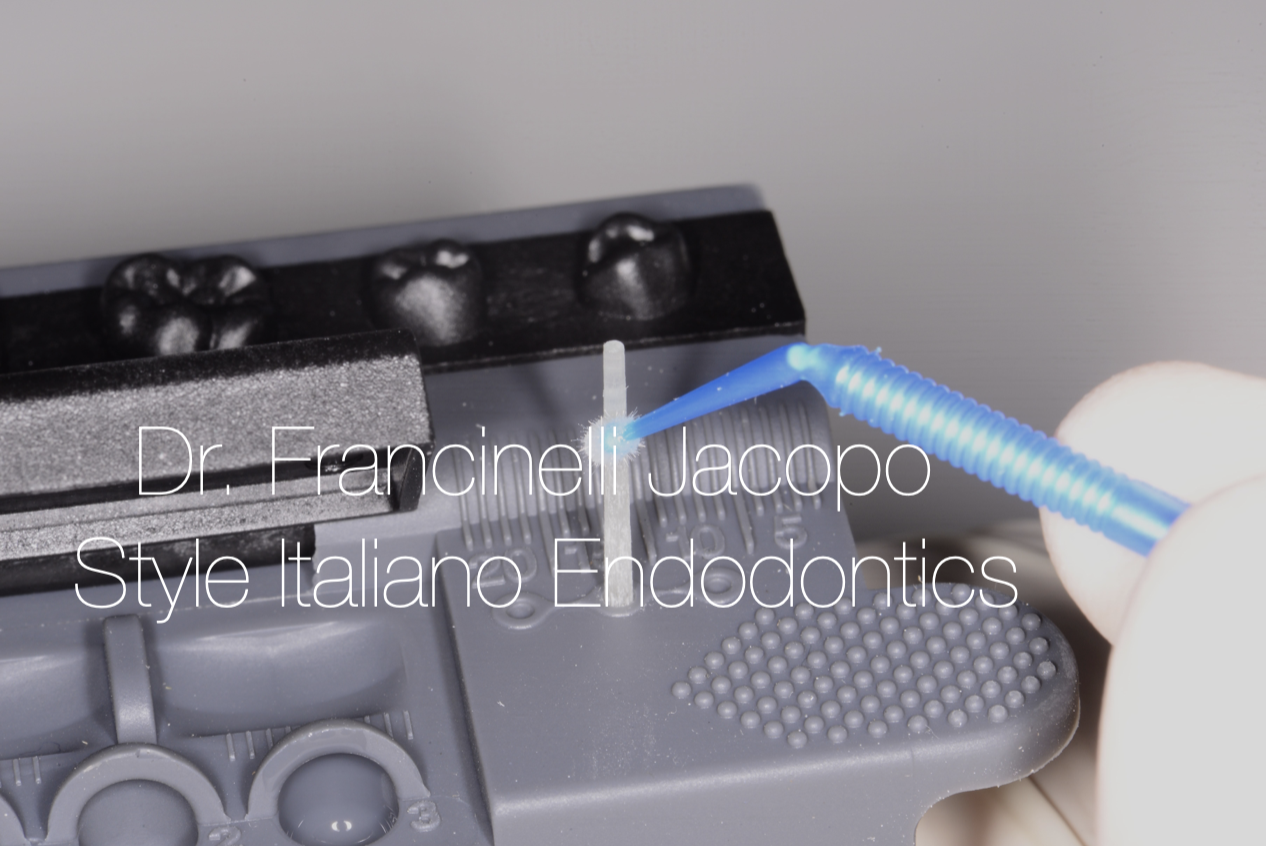
Fiber post placement with new tools
10/09/2023
Fellow
Warning: Undefined variable $post in /var/www/vhosts/styleitaliano-endodontics.org/endodontics.styleitaliano.org/wp-content/plugins/oxygen/component-framework/components/classes/code-block.class.php(133) : eval()'d code on line 2
Warning: Attempt to read property "ID" on null in /var/www/vhosts/styleitaliano-endodontics.org/endodontics.styleitaliano.org/wp-content/plugins/oxygen/component-framework/components/classes/code-block.class.php(133) : eval()'d code on line 2
Ergonomics in dentist refers to designing tools, equipment, and workspaces to reduce health risks for operators and patients while improving posture and movement and optimizing the results for the patients.an ergonomic way.
Choosing the optimal restoration for a root filled tooth requires consideration of a number of interrelated factors. When deciding on the most appropriate restoration, the following objectives should be considered (Bhuva 2008):
- Prevention of microbial leakage into the root canal system
- Restoration of form, occlusal stability and adequate contact points with the neighbouring teeth
- Restoration of function
- Protection of the residual tooth structure against further (carious and noncarious) hard tissue loss and fracture
- Maintenance of health of the marginal periodontal tissues
- Optimal aesthetics.
The use intraradicular posts in root filled teeth has been an area of much discussion and controversy.

Fig. 1
The decision of when to place a post mainly depends on the coronal hard tissue loss, the tooth type and the final restoration. Post placement seems to be more frequently used for indirect restorations compared to direct restorations (Naumann et al. 2016). Clinical evidence for a positive effect of post placement remains controversial.
Ferrari et al. (2012) performed a randomized clinical trial and concluded that insertion of a fiber post and coronal tissue loss were significant factors for tooth survival and restoration success in root filled premolars with various levels of destruction.
Definition of structure loss prior to restoration of root filled teeth remains an important issue; additionally, the amount of remaining coronal tooth structure will also be affected by the preparation for the covering restoration (Juloski et al. 2014, Ferrari et al. 2017)
Therefore, posts should be placed ‘passively’, without mechanical preparation of the root canal space.
However, it is very important to clean the space that will accommodate the pin very well in order to optimize it.

Fig. 2
Placing a fiber post is a technique sensitive procedure, due to the difficulty of placing the adhesive into the root canal, the high C-factor, the limited visibility and the need to select and applicate the correct luting system.
Debonding has been described as one of the most common failures in teeth restored with adhesively luted endodontic posts (Rasimick et al. 2010) and can be directly associated with adhesive bonding issues within the root canal

Fig. 3
The application of the correct bonding systems, their drying and the preparation of the post can be difficult steps if not well managed.
Some ergonomic devices like CREO can simplify these steps to avoid errors that could compromise the effectiveness of our reconstruction.

Fig. 4
Using the CREO bracelet it is possible to insert the pins to be used in the respective holes.
The tool therefore allows us to manage the pin and also the necessary liquids, making us have everything “ready to use”

Fig. 5
Conclusions
The survival of teeth and restorations following root canal treatment is affected by a large number of variables which include the residual volume of tooth structure.
In some cases the use of fiber post for increase the retention of the restoration will be helpful.
The protocol for cementation of these restorations appears highly relevant to their success.
These tools that improve ergonomics relieve the psychological load of the dentist allowing him to better manage the cementation protocol with greater serenity to offer the patient a better result.
Bibliography
Boschian Pest L, Cavalli G, Bertani P, Gagliani M. Adhesive post-endodontic restorations with fiber posts: push-out tests and SEM observations. Dent Mater. 2002 Dec;18(8):596-602. doi: 10.1016/s0109-5641(02)00003-9. PMID: 12385901.
Bhuva B, Giovarruscio M, Rahim N, Bitter K, Mannocci F. The restoration of root filled teeth: a review of the clinical literature. Int Endod J. 2021 Apr;54(4):509-535. doi: 10.1111/iej.13438. Epub 2021 Jan 5. PMID: 33128279.

